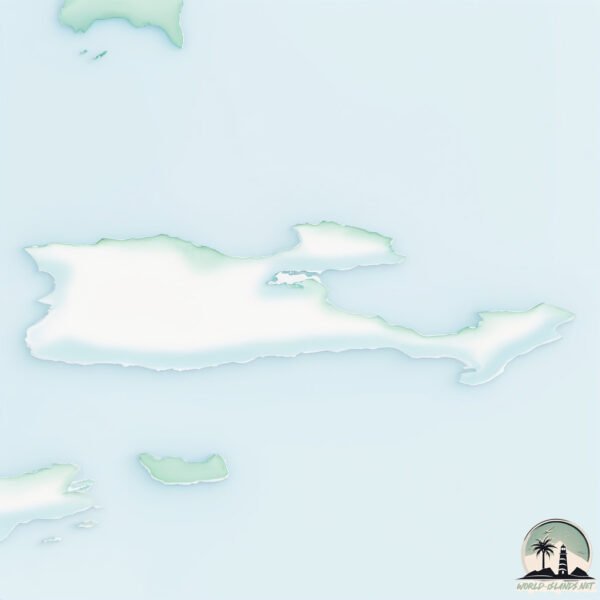Welcome to Shannon , a Polar island in the Greenland Sea, part of the majestic Arctic Ocean. This guide offers a comprehensive overview of what makes Shannon unique – from its geography and climate to its population, infrastructure, and beyond. Dive into the details:
Geography and size of Shannon
Size: 1245 km²Coastline: 299 kmOcean: Arctic OceanSea: Greenland SeaContinent: North America
Shannon is a Very Large Island spanning 1245 km² with a coastline of 299 km.
Archipel: –
Tectonic Plate: North America – Covers North America and parts of the Atlantic and Arctic Oceans, characterized by diverse geological features and varying levels of seismic activity.
The geographic heart of the island is pinpointed at these coordinates:
Climate and weather of Shannon
Climate Zone: PolarClimate Details: TundraTemperature: Cold
Climate Characteristics: The tundra climate features long, extremely cold winters and short, cool summers. Vegetation is limited to mosses, lichens, and small shrubs due to the low temperatures and short growing seasons. Biodiversity is low, but some specialized species thrive.
Topography and nature of Shannon
Timezone: UTC-03:00Timezone places: America/Sao_PauloMax. Elevation: 332 m Mean Elevation: 84 mVegetation: Snow and Ice CoveredTree Coverage: 8%
The mean elevation is 84 m. The highest elevation on the island reaches approximately 332 meters above sea level. The island is characterized by Hills: Gently sloping landforms with rounded tops, having a maximum elevation between 200 and 500 meters. Hills contribute to a varied landscape on islands.
Dominating Vegetation: Snow and Ice Covered
Vegetation: 4 vegetation zones – Diverse Island
Infrastructure and Travelling to Shannon
Does the island have a public airport? no .
Does the island have a major port? no .
The mean population of Shannon is 0 per km². Shannon is Uninhabited. The island belongs to Denmark .
The name of the island resonates across different cultures and languages. Here is how it is known around the world: Arabic: جرينلاند; German: Grönland; Spanish: Groenlandia; French: Groenland; Portuguese: Gronelândia; Russian: Гренландия; Chinese: 格陵兰
Continuing your journey, Lille Pendulum is the next notable island, situated merely km away.
Shannon Island [HÖRSPIEL]
Auf einer kleinen Insel an der Ostküste der USA führen die Menschen ein einfaches, zurückgezogenes Leben. Claire Edwards ...
Shannon Island [HÖRSPIEL]
Auf einer kleinen Insel an der Ostküste der USA führen die Menschen ...
Auf einer kleinen Insel an der Ostküste der USA führen die Menschen ein einfaches, zurückgezogenes Leben. Claire Edwards ...
Shannon Island - Horror Hörspiel
Gruselkabinett: Das unbewohnte Haus: ...
Gruselkabinett: Das unbewohnte Haus: ...
"It's not her, she's in Spain still!" - Love Island's Shannon tells all on her time in the villa!
We sat down with fan-favourite Love Islander (and the first to be ...
We sat down with fan-favourite Love Islander (and the first to be dumped) Shannon Singh to get her views on all the latest ...
Denmark is classified as Developed region: nonG7: Developed economies outside of the Group of Seven, characterized by high income and advanced economic structures. The level of income is High income: OECD.
News – Latest Updates and Headlines from Shannon
Stay informed with the most recent news and important headlines from Shannon. Here’s a roundup of the latest developments.
Loading...
Social Media Posts about Shannon
Loading...
Please note: The data used here has been primarily extracted from satellite readings. Deviations from exact values may occur, particularly regarding the height of elevations and population density. Land area and coastline measurements refer to average values at mean high tide.

